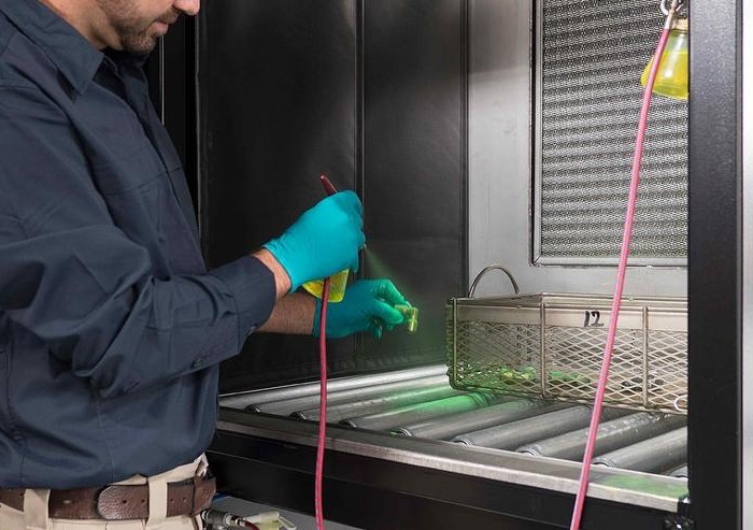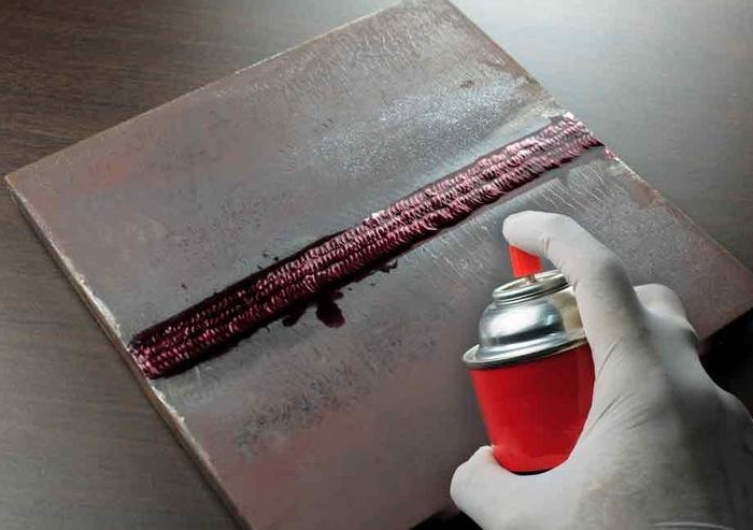Applus+ LPT inspection capabilities
Applus+ uses only top-quality products from leading suppliers such as Sherwin and Magnaflux. We also have laboratories available for testing parts shipped to our facilities. Our procedures are fully compliant with ASNT and ASTM standards. We have Level III certified technicians who provide technical support, guidance, and develop new procedures as needed.
Industries and use cases
LPT is used to detect and evaluate defects throughout an asset’s lifecycle, including surface-breaking manufacturing flaws such as cracks, lack of fusion, porosity, inclusions, hot tears, and gas holes. It also detects in-service discontinuities like fatigue cracks, HIC, SOHIC, and SCC. Early detection enables better outage planning and avoids emergency interventions. This method is used across industries including aerospace, food processing, power generation, oil/mining production and refining, maritime, and more.
Benefits of liquid penetrant testing
LPT services are cost-effective and highly reliable for detecting surface-level discontinuities. It enhances product integrity, enables early detection of flaws, and helps reduce operational downtime. By ensuring compliance with quality standards, Applus+ supports clients in minimizing risk and improving overall efficiency.
Fluorescent Penetrant Inspection
NDT penetrant testing includes fluorescent dye penetrant, which is typically green and uses a white developer to draw the dye back to the surface from inside the discontinuities by 'wicking' or capillary action. The fluorescent penetrant is characterised by its ability to emit visible radiation when excited by UV-A light and may be used on a variety of materials. Fluorescent penetrant is typically more sensitive than visible dye and is ranked into 4 levels of sensitivity. It does, however, require special lighting conditions: NDT penetrant technicians must have UV-A lamps, blackout shades and power generators in the field. Fluorescent-dye testing is easily performed under laboratory conditions.
Fluorescent Penetrant Inspection
DOWNLOAD PDF VERSIONVisible Dye Penetrant
Visible dye penetrant is a method of NDT penetrant testing, which is typically red and uses a white developer to draw the dye back to the surface from inside the discontinuities by 'wicking' or capillary action. This is often referred to as the 'colour contrast' method. The colour contrast created in the dye penetration test is highly visible under natural light and may be used on a variety of materials. It is generally not as sensitive to very small discontinuities as the fluorescent penetrant testing method. However, it does not require special lighting conditions, therefore NDT technicians do not have to carry UV-A Lamps, blackout shades or power generators.

